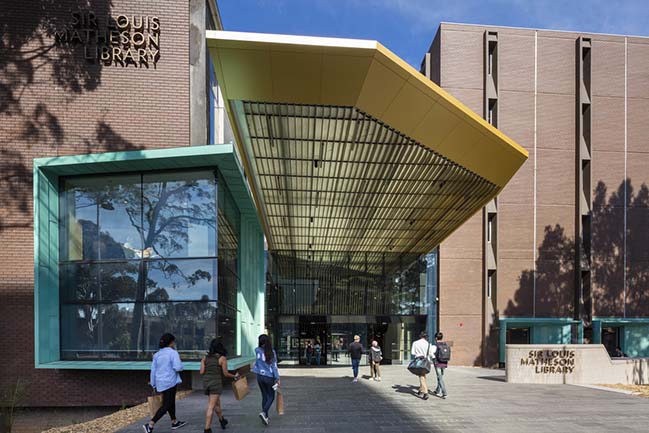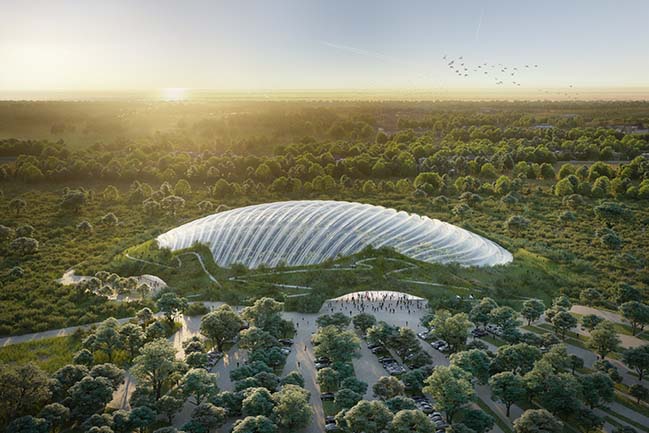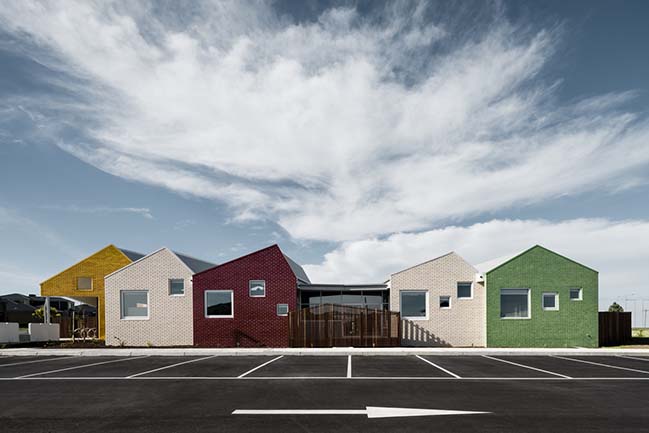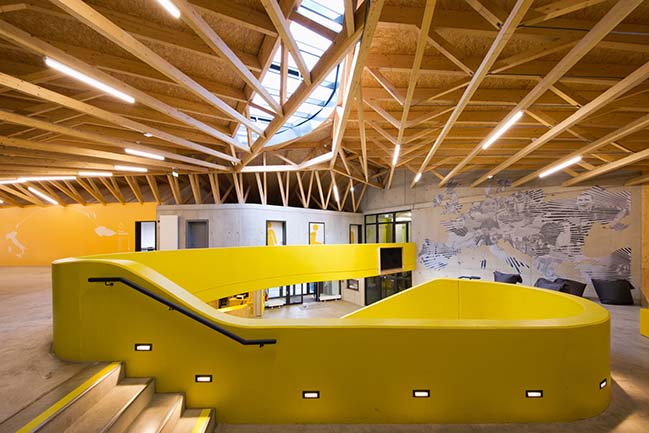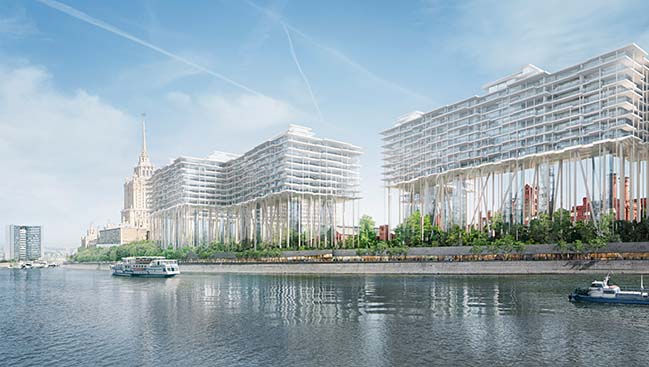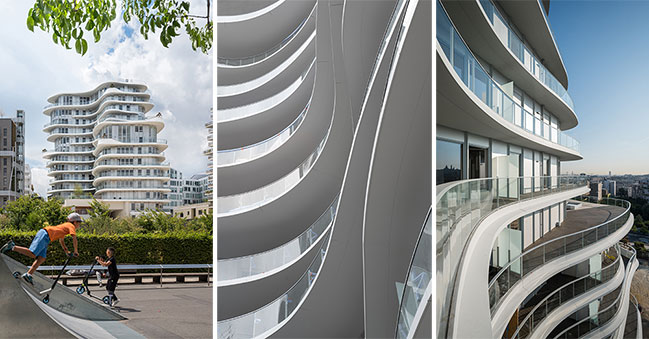03 / 28
2018
Construction started this week on ENOTA Architects recent winning proposal for a Central park in Slovenian coastal town of Koper. The basic building blocks of the new city park are monolithic, undulating urban elements. Their controlled placement in the space in combination with a pronounced topography of the green surfaces softly divides the whole of the park's surface into individual introverted programme isles.
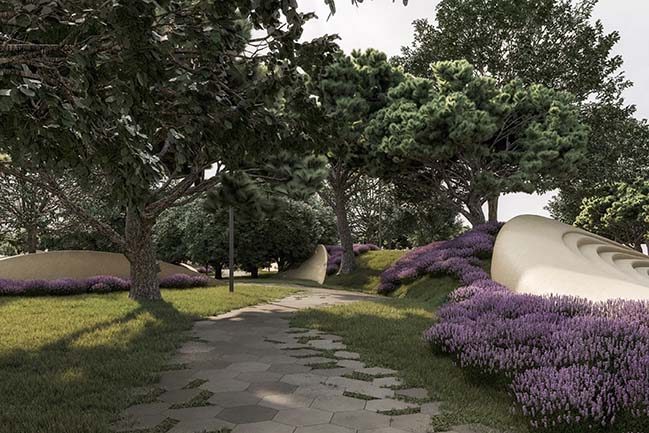
Architect: ENOTA
Client: Koper Municipality
Location: Koper, Slovenia
Year: 2016
Size: 26,000 m2
Site: 66,464 m2
Footprint: 26,000 m2
Project team: Dean Lah, Milan Tomac, Gregor Vreš, Peter Karba, Polona Ruparčič, Peter Sovinc, Jakob Kajzer, Carlos Cuenca Solana, Nuša Završnik Šilec, Sara Mežik, Eva Tomac, Goran Djokić
Collaborators: Ivan Ramšak s.p. (structural engineering), Nom biro (mechanical services), Nom biro (electrical installations).
Greenery: Spicy Garden
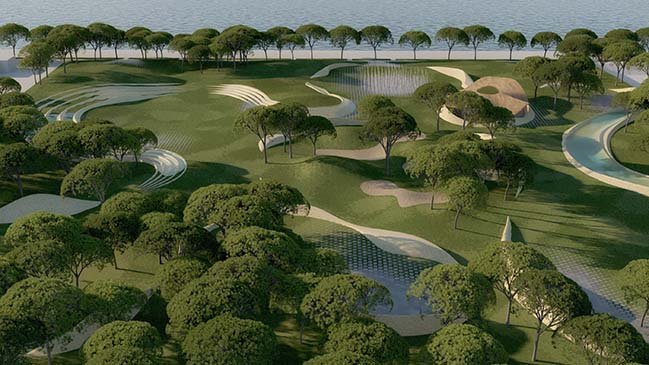
Project description: This area needs an intervention which will bolster the free-time activities of Koper's inhabitants and further connect the old part of the city with the suburbs of Semedela, Olmo and Markovec, which are strewn across the slopes of Markov Hill.
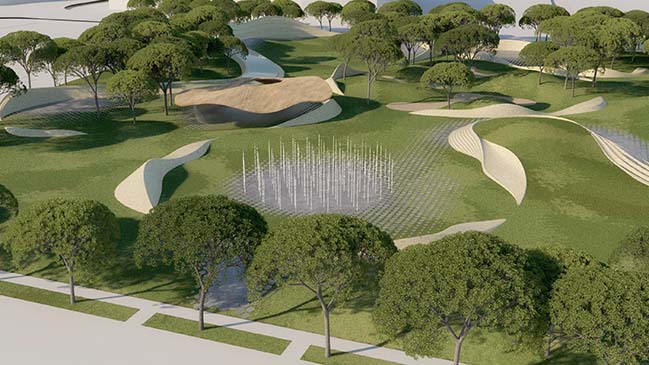
In line with the prognosis that the sea by the promenade is to grow increasingly cleaner, it is feasible that a new city beach may appear along the promenade. Successful similar examples show that a city beach is not only an area where people take a dip in the sea but that city beaches can become the most important free-time socialising space. Since the densely developed old town core does not allow for a sufficient number of large open spaces and constrains their size, and since we need to understand that convivial bustle, concerts, and late-night events disturb the residents in the immediate vicinity, the placement of such programme in the area under consideration is all the more suitable. The heterogenous forms of development which characterise present-day Koper - the old town core, the residential suburbs, the commercial and service development belt in the former salt-pond area, and the inescapable presence of all the infrastructure required by a modern seaport call for a space with an inwardly oriented form enabling a visual escape, but whose scale and outward expressiveness would rise above the heterogeneity of development around it and tie it all together.
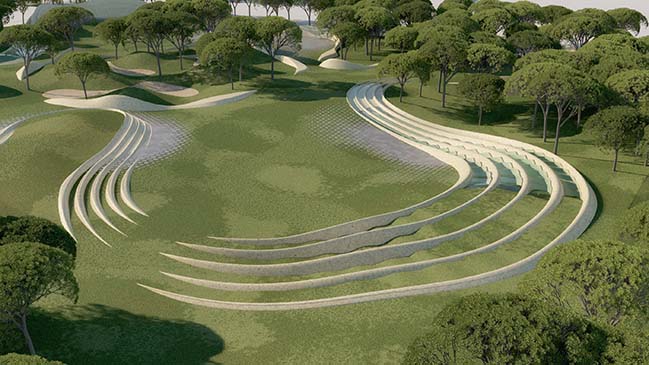
The area of the new city park covers a sizeable portion of the wider site and its design can thus serve as a prototype for further interventions. The new intervention offers a uniform and attractive appearance, and with its intensive hinterland greenery, it drowns the heterogeneity of the surrounding built structures. The fusing of the elements of a city beach and a contemporary city park encourages the area's residents and visitors to use the space in different ways.
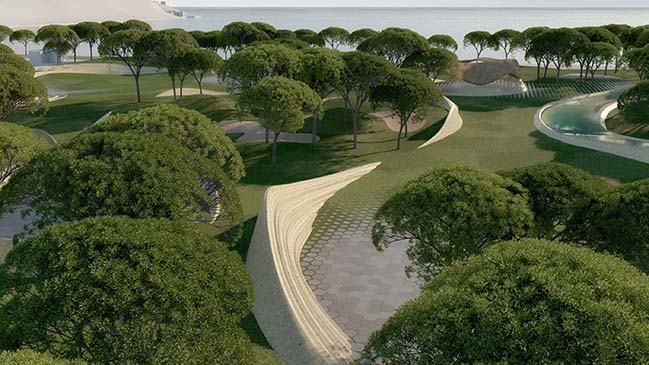
The basic building blocks of the new city park are monolithic, undulating urban elements. Their controlled placement in the space in combination with a pronounced topography of the green surfaces softly divides the whole of the park's surface into individual introverted programme isles. The design of the individual urban elements consistently follows the different programmes. In places, they are taller and act as a shelter from views and the noisy surroundings; elsewhere, they are lower and allow for an unimpeded contact between programme zones. The organically designed urban elements form stands for viewers, an obstacle course for children, climbing walls, a backdrop to a seaside bar, a concert venue, a children's playground, a reading area, and more. Due to the proximity of the sea, the programme zones are appointed with numerous water elements. A pond, ground sprinklers, a geyser, parabolic water jets, cascades and a water platform in combination with the variegated urban elements encourage an active use of the space and an expansion of the future beach towards the interior of the park.
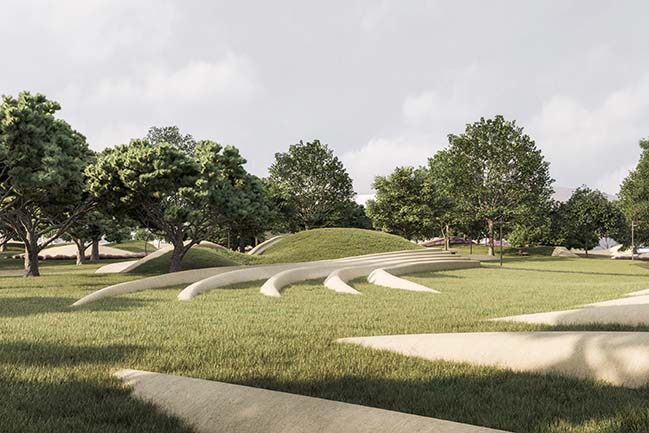
The planted portion of the landscape design is laid out only with indigenous Mediterranean vegetation. The strategically arranged tall growth complements the existing tree lanes on both edges of the park, gives shade to the individual programme zones, and offers the park area additional protection from the impacts of the surroundings. In order to encourage as much diversity in the use of its space, the new city park doesn't feature traditionally designed footpaths. Interlocking paving with a free arrangement of grass-coloured tiles is limited to the access points and the sections of the park where a more intensive use of the ground is expected. In this way, the visitors define their own path and their own manner of using the space. In case new content is added to the park, or if obvious desire lines are formed, which is very difficult to predict initially, this manner of paving enables an easy rearrangement of the compacted surfaces at a later time.
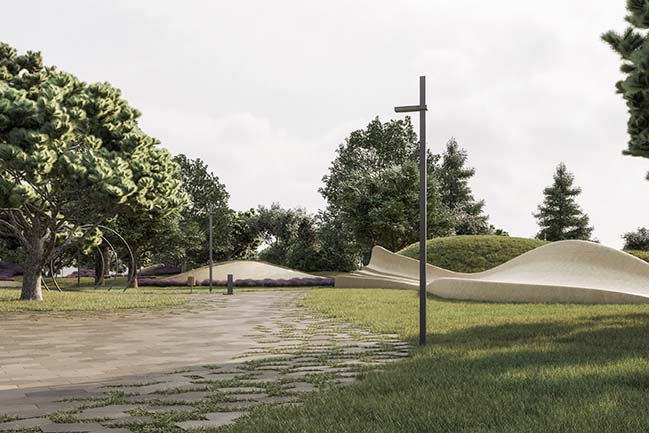
The innovative layout of the city park is a great new asset for the citizens of Koper as it enables the development of programmes which the city presently cannot offer. The new park is an attraction and with its unique form and the manner of spatial organisation, it transcends a merely functional park regulation. It represents a prototype for further designing of the wider area, as well as motivation for development-oriented attitudes in regard to other sections of the Slovene seacoast currently in a state of decay.
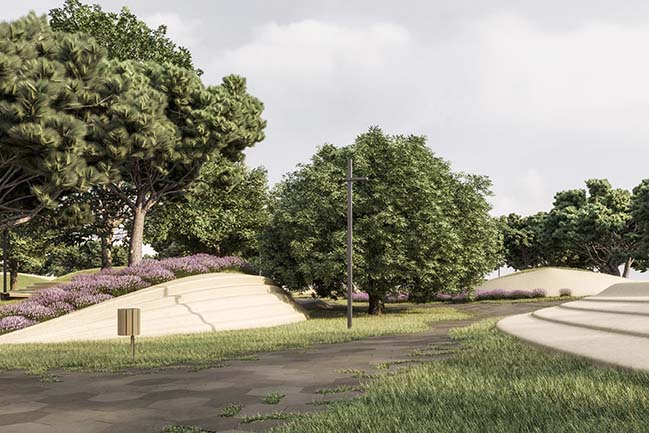
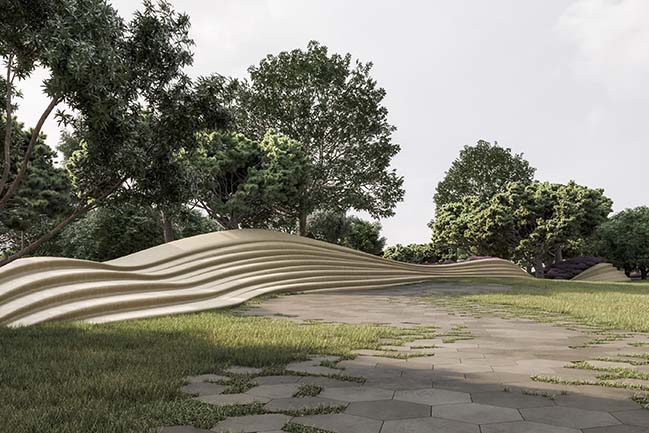
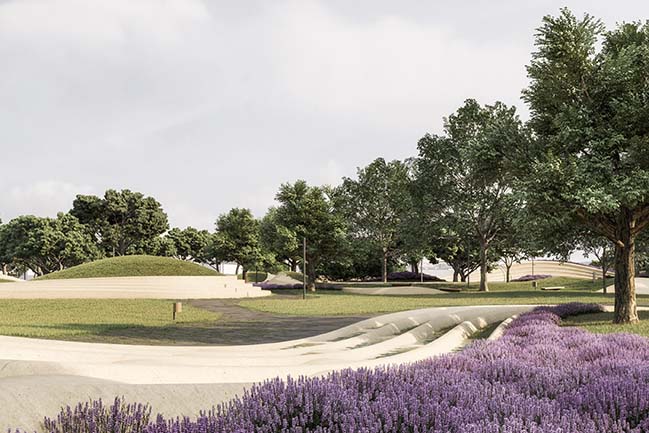
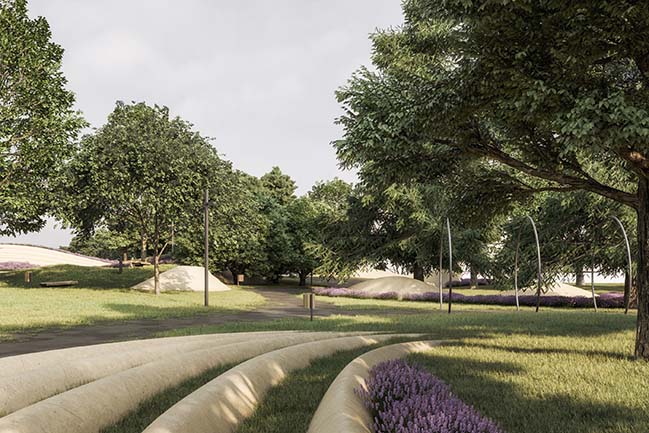
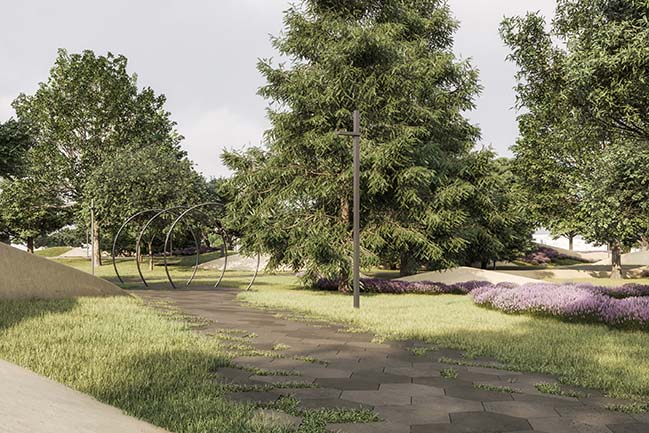
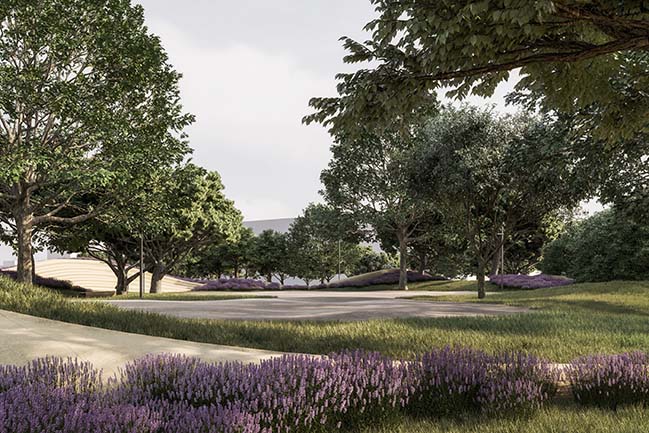
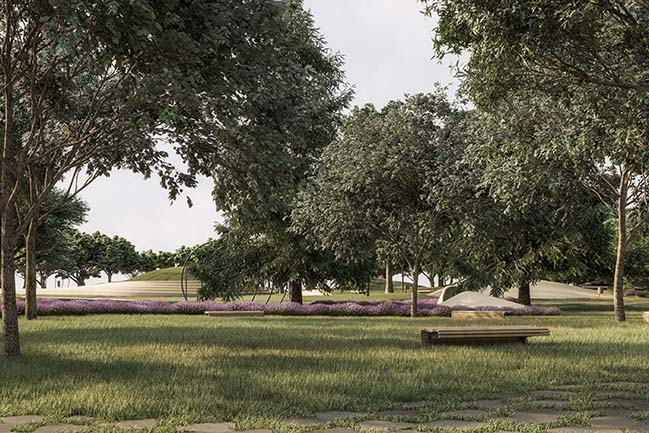
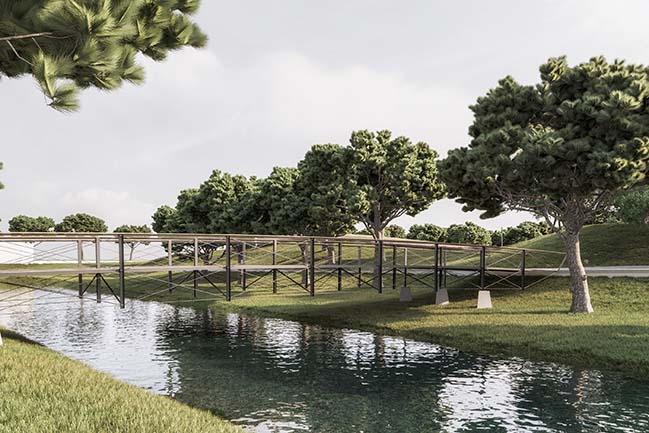
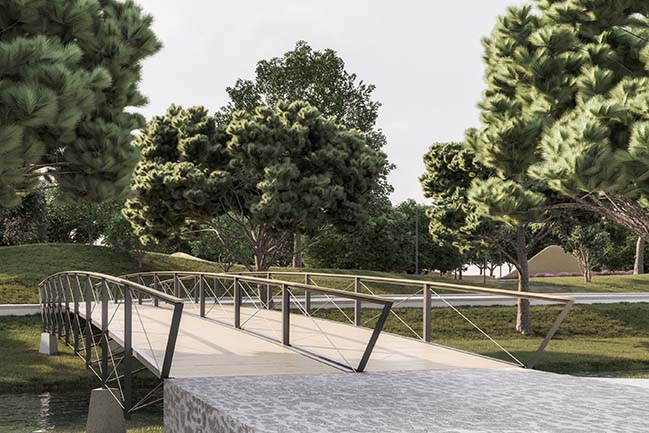
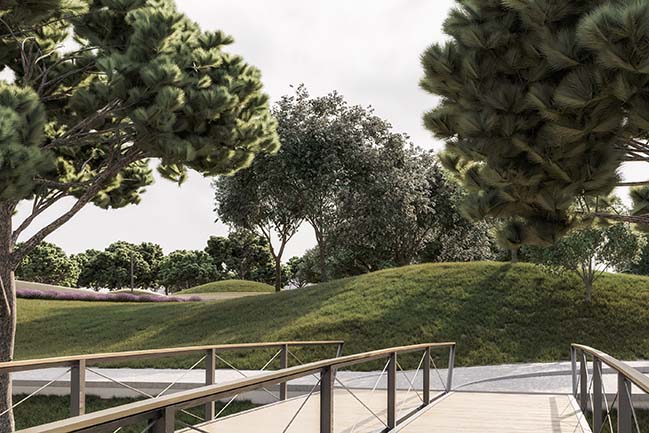
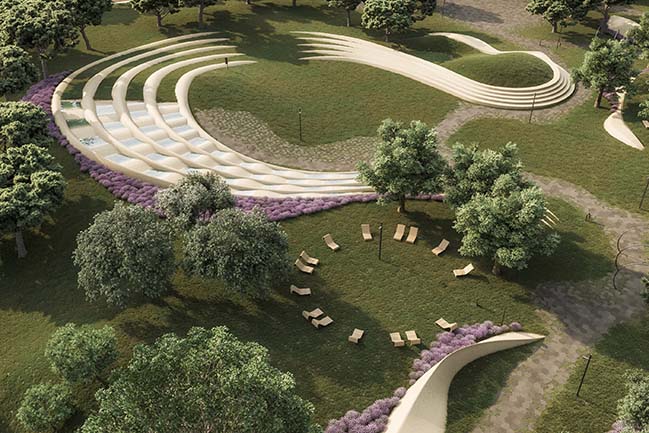
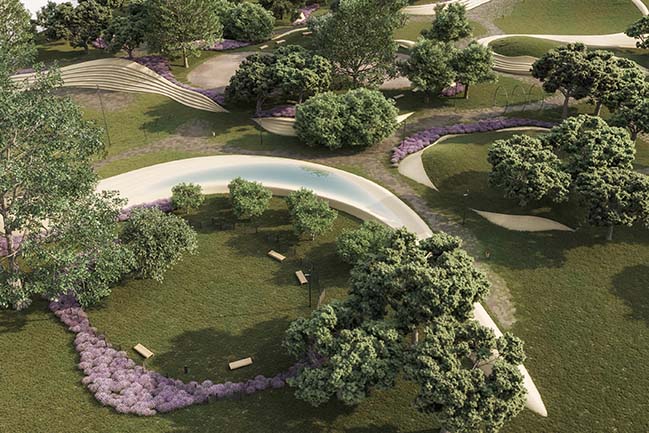
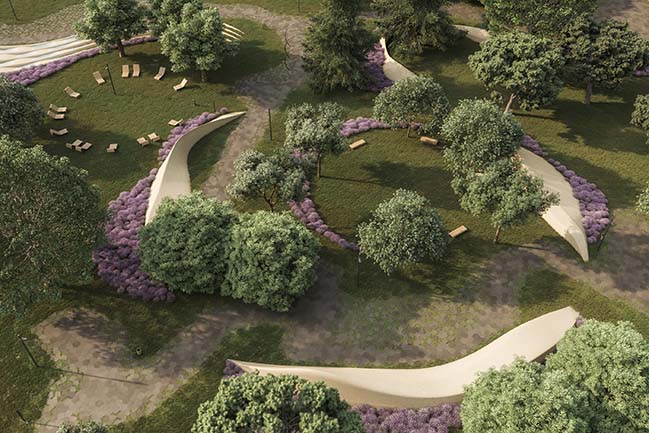
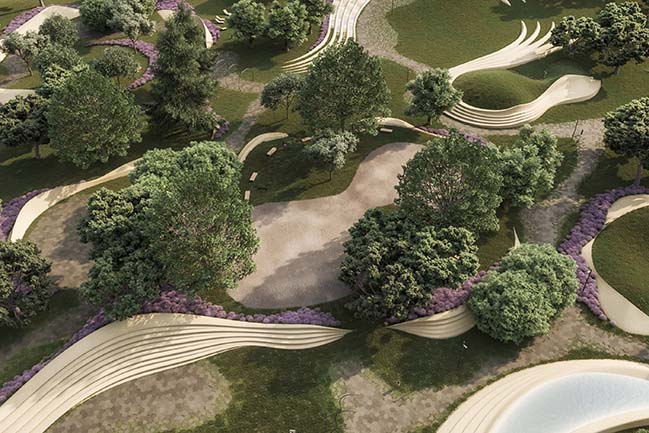
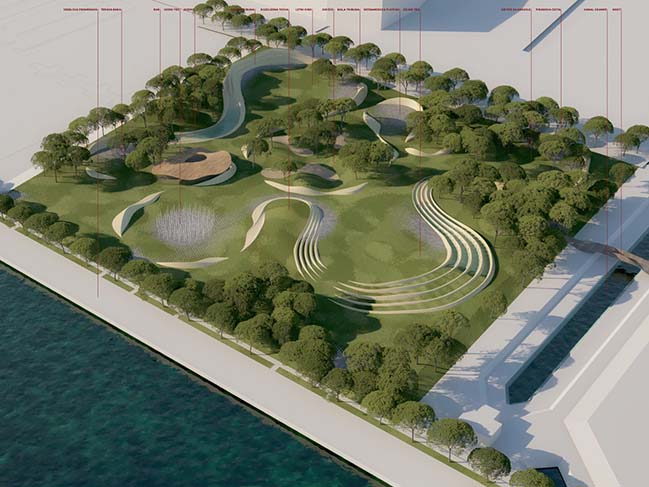
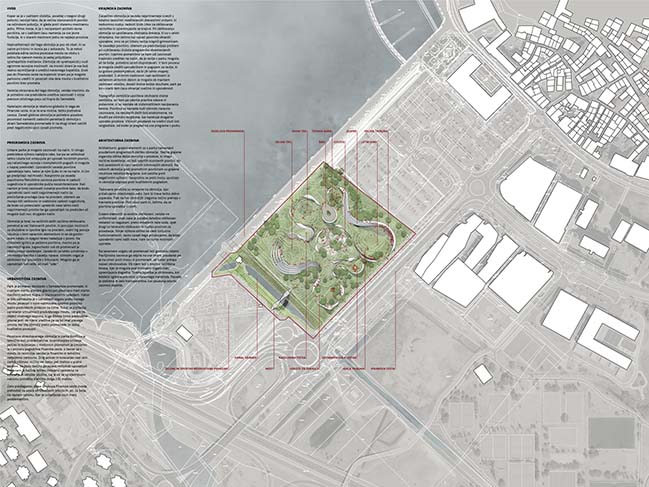
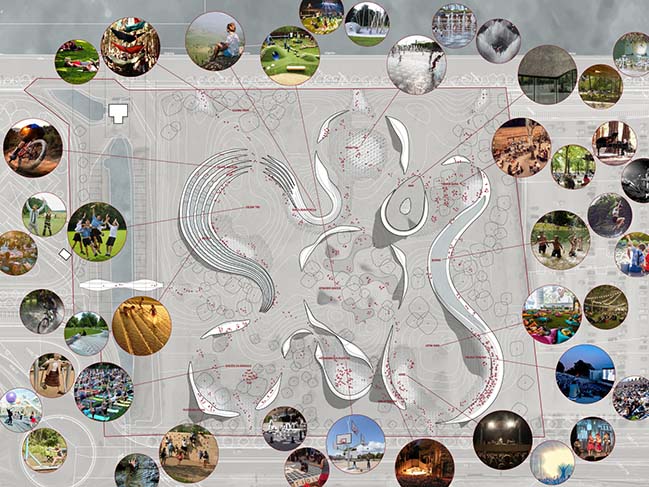
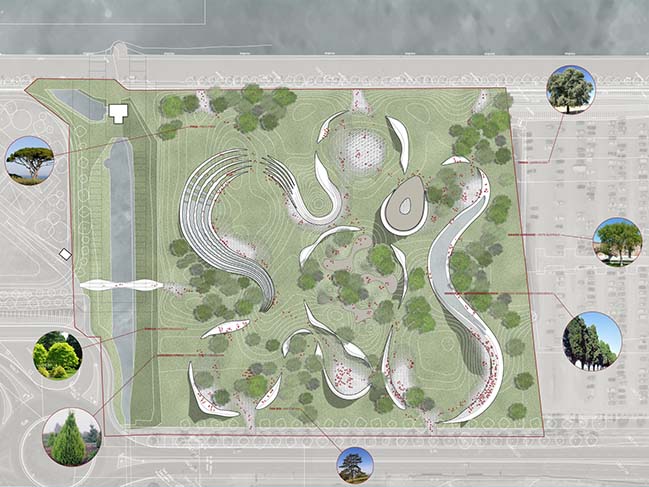
> Qicun Hot Spring by ENOTA
> MVRDV win competition for Zhangjiang Future Park
> Trinity River Park by Michael Van Valkenburgh
Construction underway on ENOTA's Koper Central Park proposal
03 / 28 / 2018 Construction started this week on ENOTA Architects recent winning proposal for a Central park in Slovenian coastal town of Koper
You might also like:
Recommended post: UNIC Residential - MAD's First Built Project in Europe nears completion
